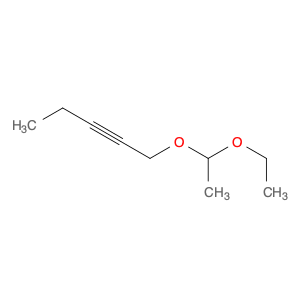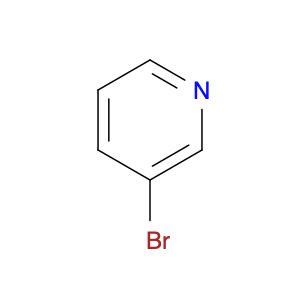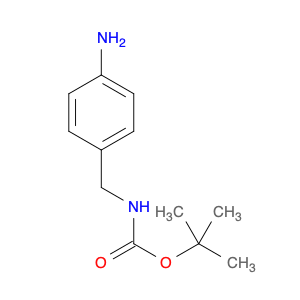(1,2,3,4-Tetrahydronaphthalen-2-yl)methanol, commonly referred to as $name$, plays a crucial role in chemical synthesis as a versatile building block. This compound is widely utilized in the production of various pharmaceuticals, agrochemicals, and fine chemicals due to its unique chemical properties. In chemical synthesis, $name$ serves as a valuable intermediate in the creation of complex organic molecules.One of the primary applications of (1,2,3,4-Tetrahydronaphthalen-2-yl)methanol is in the formation of heterocyclic compounds, which are essential in drug discovery and development. By incorporating $name$ into the synthesis process, chemists can efficiently access diverse molecular structures with potential biological activities. Furthermore, the reactivity of the hydroxyl group in $name$ allows for further functionalization, enabling the modification of its chemical properties for specific applications.Moreover, (1,2,3,4-Tetrahydronaphthalen-2-yl)methanol can act as a key component in the synthesis of natural products and advanced materials. Its strategic placement within the molecular scaffold facilitates the construction of intricate structures essential for the desired properties of the final product. The versatility and synthetic utility of $name$ make it a valuable tool for chemists engaged in the exploration of new chemical entities and materials.Overall, the application of (1,2,3,4-Tetrahydronaphthalen-2-yl)methanol in chemical synthesis exemplifies its significance in advancing the field of organic chemistry and driving innovation in the development of novel compounds with potential industrial and pharmaceutical applications.
 sales@aaronchem.com
sales@aaronchem.com










